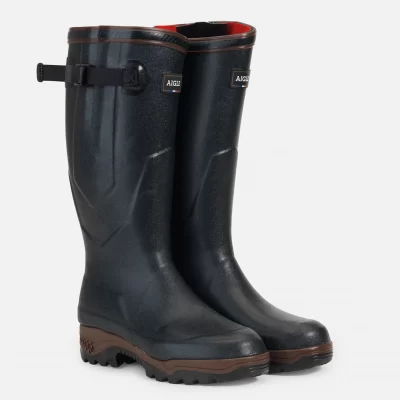
Fishing for eels the old fashioned way
After writing last months fishing for eels blog in which I recalled standing up to my chest in the freezing waters of the Several Fisheries at the Bickerly, Ringwood – “treading”- my thoughts turned to one of the alternative methods that we used. Called ‘Clodding’, this was best done on a warm thundery summer’s night and the method required a flat bottomed punt, a flashlight, a stout rod and reel with some worsted thread, a carpet needle (bodkin) and an old umbrella.
In late summer, mature eels begin the massive 4000 mile migration to their spawning grounds in the Sargasso Sea – a floating mass of weed off the Bahamas. It was at this time of year that we would gather up our equipment and head for the river. For a few wet nights previous to our outing, we had crept over lawns with a flashlight, carefully grabbing large mating earthworms until we had fifty or more. These were threaded onto the worsted line using a bodkin until we had about three feet of wriggling heads and tails, and then this mass was twisted into a ball and fixed to a heavy rod and line without using a hook.
We would moor the punt near a muddy hole or eddy and the clod of earthworms was gently fished on the bottom, just on the edge of the water flow. When a hungry feeding eel took the bait, the clod was firmly and smoothly lifted from the water and the eel’s rear facing teeth would catch on the worsted thread. All that was then required was to shake the eels off into the upturned umbrella, catch them (a dextrous operation that involved putting your middle finger over the eel and your index and third finger under it!), and depositing them into a lidded eel crate. A good night could yield fifty to sixty eels which filled both our pockets and the fishmonger’s tray.
After a weekend in the punt I would usually board the steam train that took me to school in Brockenhurst in the New Forest. I am pretty sure that I often shared my journey with some of the live eels that I had caught as they were transported to the London fish markets in their canvas lined wicker crates. Luckily they were in the guards van!
Of course this type of fishing no longer happens but some sixty years ago it was recognised as a legitimate harvest of our river systems. In later years, eel stages were positioned at sluice gates and at the hydro electric power stations. I often helped my father and great character and bailiff ‘Bunny Collins’ on the Eel Stage at Ringwood. This was a commercial operation where water fell through a grid collecting the eels, whilst the few other fish that were occasionally trapped were netted and returned to the river. These eel stages were only operated at night as the eels would move but most other fish wouldn’t!
With my love of all things associated with the river and its tributaries it was inevitable that I should succumb to the angling “bug” and I was eclectic in my preferences. It mattered not whether I was trolling a float between banks of Ranunculus for chubb, dace or roach; spinning; dead and live baiting for pike and perch, or ledgering a bob worm on the bottom for tench, perch and the ubiquitous eel.
Later in life I progressed to game fishing – from salmon and trout on the fly in the chalk streams of the south of England and the mighty Scottish rivers, to large mouth bass and even aligator gar in south Texas!
In my some 65 years with rod and line I have met many interesting and knowledgeable keepers, bailiffs and countrymen. In the coming months I will endeavour to share some of their wit and wisdom with you.
“Gramps” Wilcox




